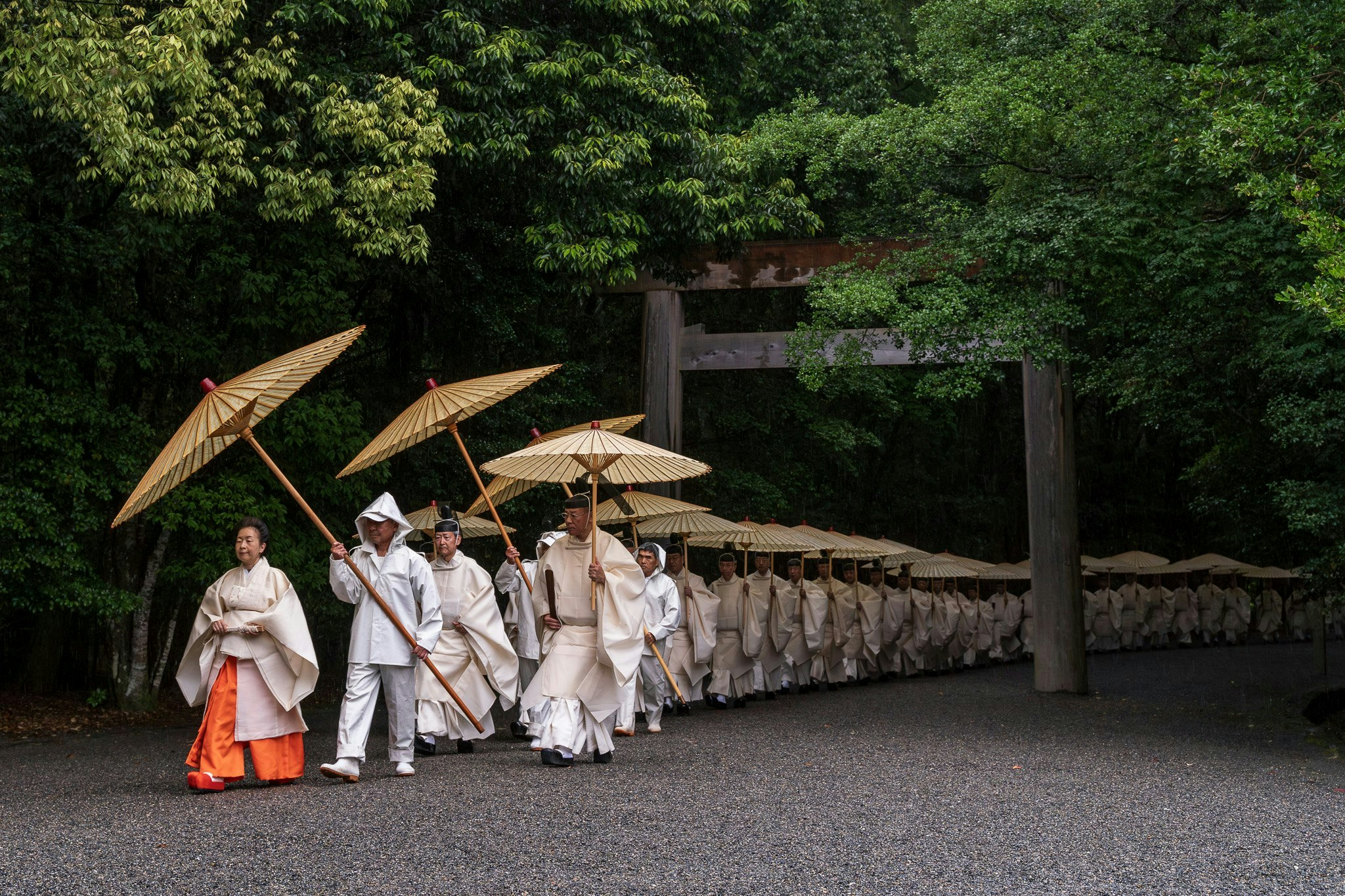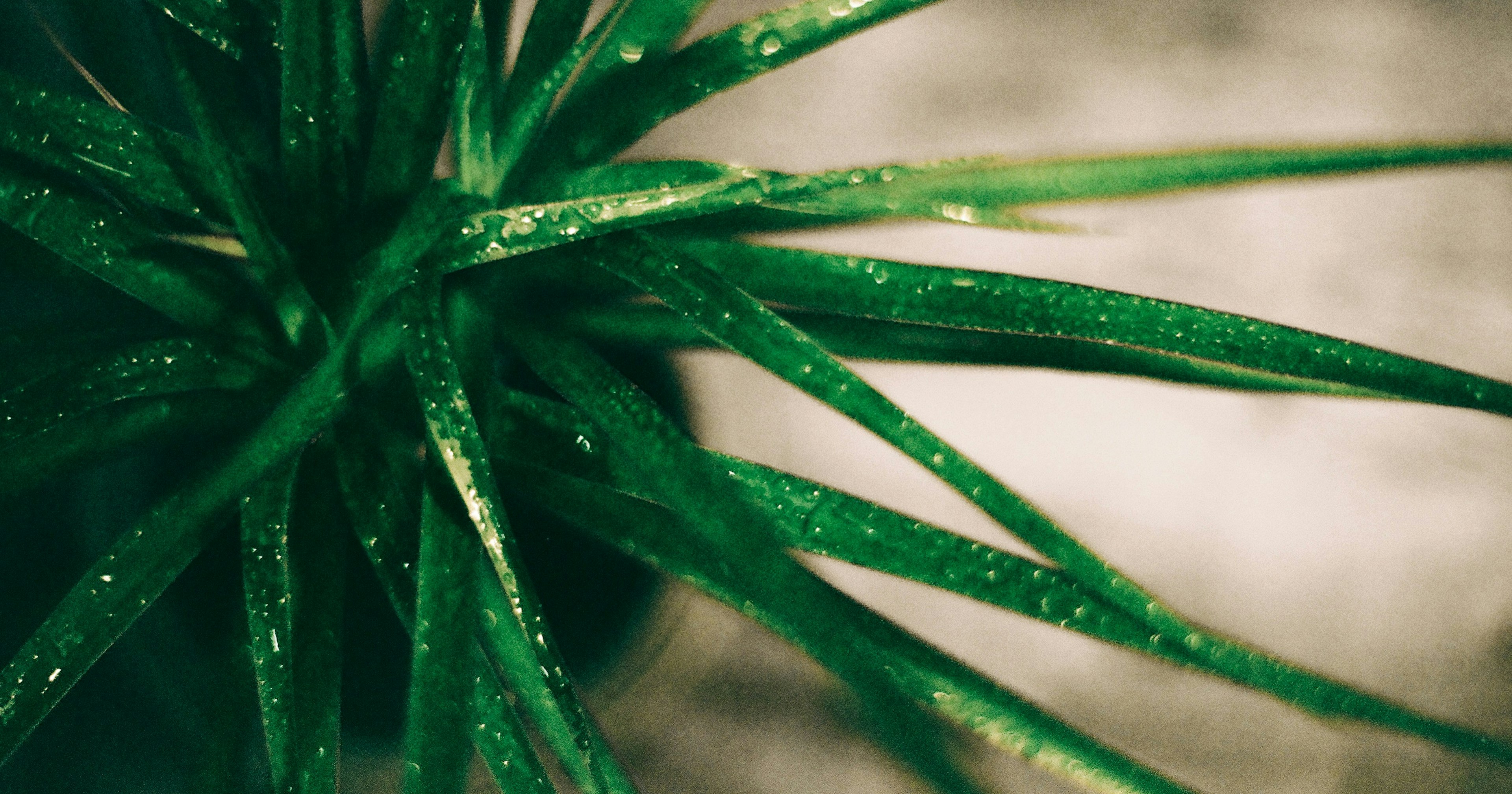
Cover Image by Siili
In photography, the choice between JPEG and RAW formats depends on your shooting objectives and workflow.
This article explores the advantages and disadvantages of both JPEG and RAW, supporting you in selecting the best format for your photos.

Image by ganbaredragons
Advantages and Disadvantages of JPEG
The JPEG format compresses image data, resulting in smaller file sizes and immediate usability after shooting. This is particularly suitable for quick sharing on social media or the web, and for efficiently managing large volumes of photos. Additionally, basic image processing is done within the camera, eliminating the need for post-shoot editing, allowing you to have a finished photo at the moment of capture.
However, JPEG uses a lossy compression method, which degrades image quality with repeated editing. Also, JPEG's 8-bit color depth is inferior to the rich color representation of RAW files, making it challenging to adjust highlights and shadows.
Advantages and Disadvantages of RAW
RAW format preserves all data captured by the camera, offering exceptional flexibility during editing. It allows for easy adjustments of exposure, white balance, shadows, and highlights without compromising quality. Considered a 'digital negative,' RAW provides maximum creative freedom in post-production, favored by professionals.
However, the large file size can strain memory cards and hard drive capacity. RAW files require development using specialized editing software like Photoshop, which can be time-consuming, especially when processing large quantities of photos. Additionally, sharing RAW files can be problematic if the recipient lacks compatible software.

Image by the Oji brown
Which Should You Choose?
The choice between JPEG and RAW depends on the shooting scene and desired outcome. For quickly sharing event or travel photos, JPEG is suitable.
Conversely, for high-quality prints or photos you wish to edit thoroughly later, RAW is ideal.
Additionally, depending on your camera settings, you can shoot both JPEG and RAW simultaneously.
Shooting in RAW + JPEG mode can be a viable option, allowing you to enjoy the camera's beautiful rendering while retaining the ability to edit later.



